induction brazing is widely used for different work
Views
Induction Brazing is joining of similar or dissimilar metal (parent materials) by using heat and braze material (filler material) whose melting temperture is normally above 500 C and below the melting temperature of parent materials being joined.
Induction Brazing temperature can be controlled from 500 C to 1800 C for most of the brazing applications.
Induction Brazing temperature can be controlled from 500 C to 1800 C for most of the brazing applications.
HengXin induction brazing machines are made to replace conventional brazing methods, with more reliable / repeatable brazing without flame and smoke.
Features:
- Controlled atmosphere brazing is possible
- Highly adaptable for automation
- Eco-friendly due to noiseless and flameless operation
- No statutory approvals required
- Lesser risk involved compared to conventional methods
- Uniform heating at desired area provides even flow of filler metal
- Lesser brazing cost comparing to conventional methods
- Application Specific
- Auto or manual mode operation
- Improved power factor
- Strong and ductile joints
- Suitable for dissimilar materials
- Tropicalised design
- Compact size
Good
Bad
Related Content

how-induction-brazing-works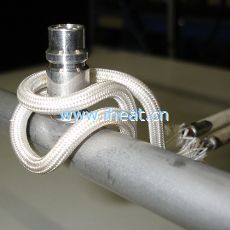
Induction Aluminium Brazing_5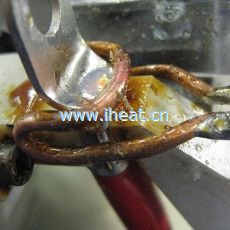
induction brazing for wire connector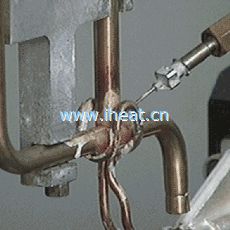
ultra high frequency induction brazing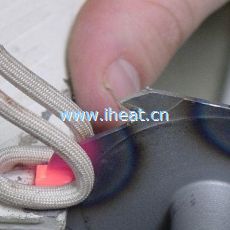
U shape induction coil for brazing saw teeth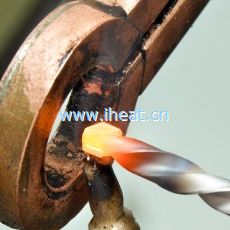
Tooling induction brazing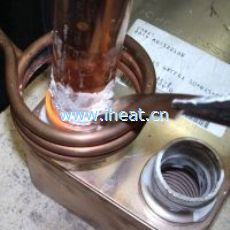
This illustration shows how the connecting sleeve of a plate heat exchanger is inductively brazed on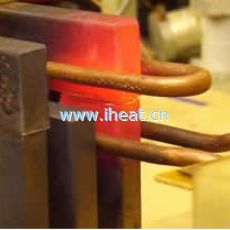
The process of soldering, brazing HDTV copper bars of the stator windings of the motor

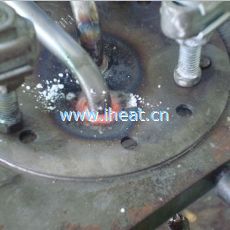

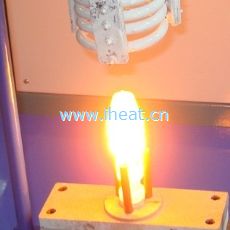

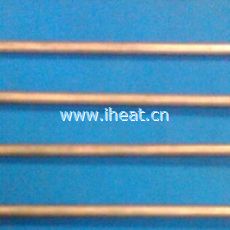

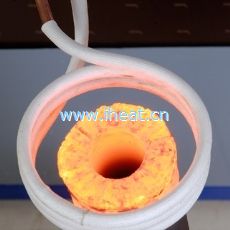
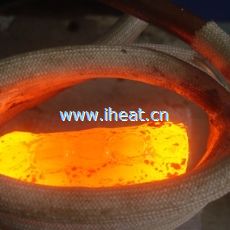
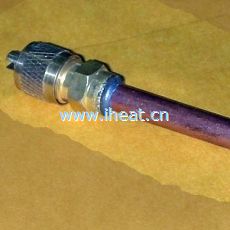
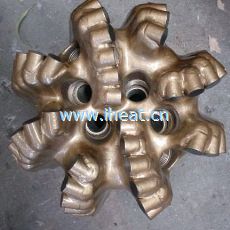

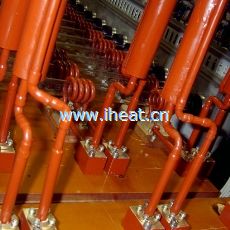
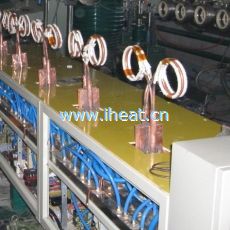

Newest Comment
No Comment
Post Comment